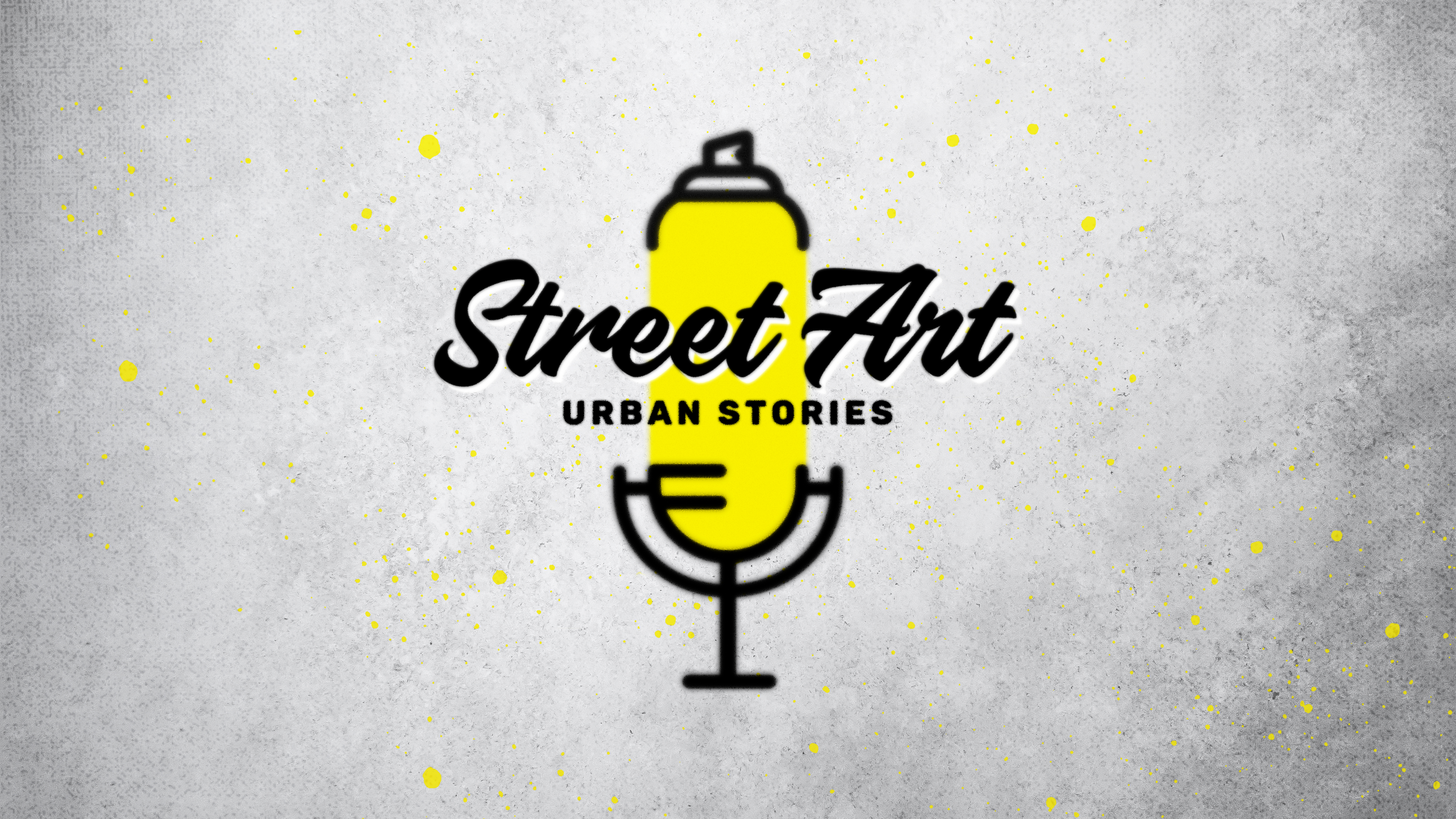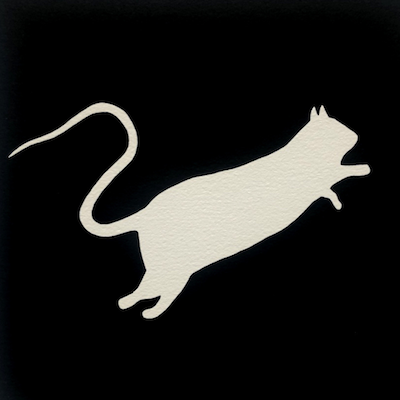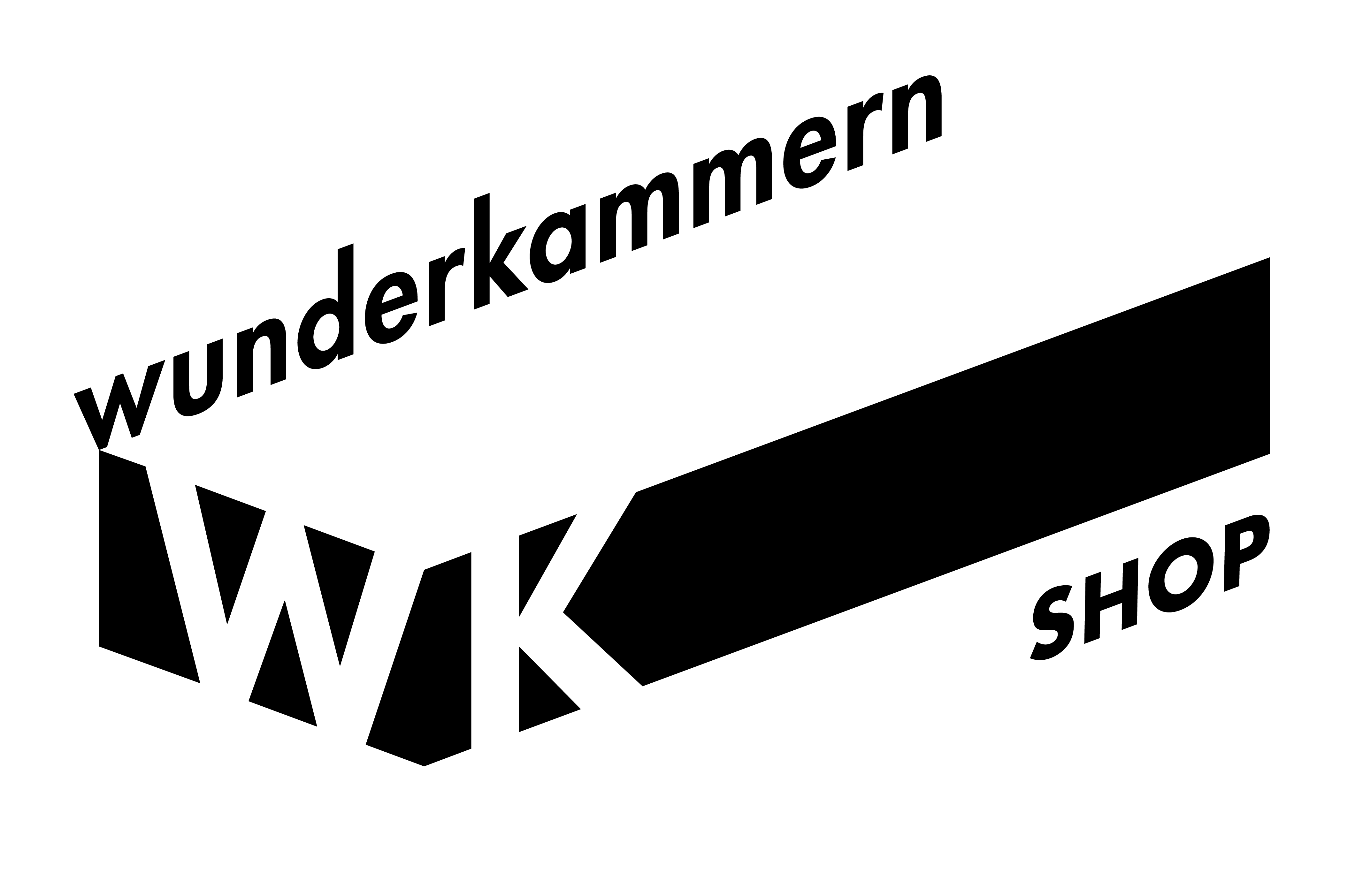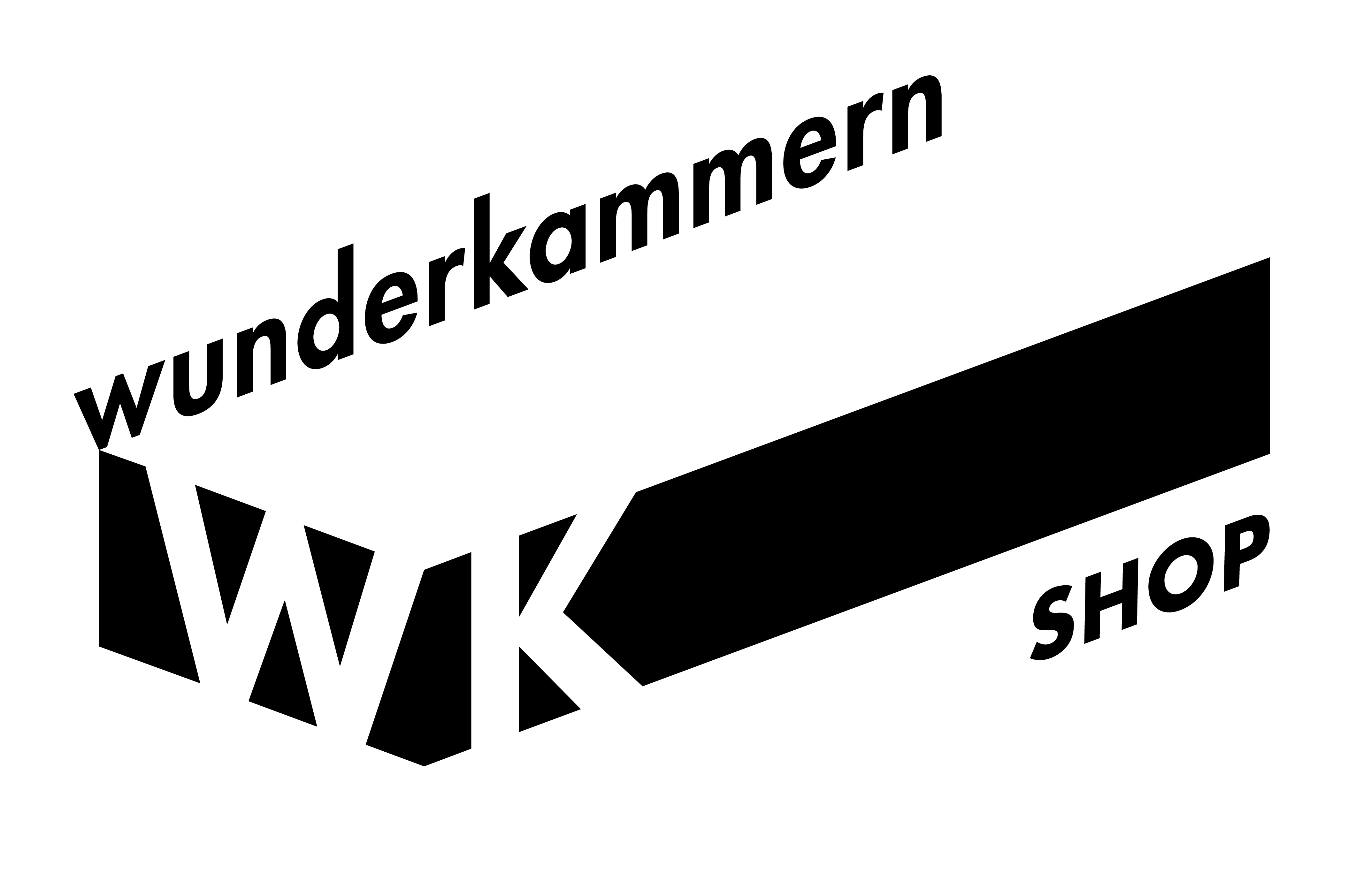
Street Art has long been more than just a form of urban creative expression: it has become a true global cultural phenomenon, capable of transforming public space and captivating museums, collectors, and art institutions. But what happens when an art form born on the streets enters the official circuits of contemporary art?
In the new episode of Street Art and Urban Stories, we explore this topic with a special guest: Christian Omodeo, art historian and critic, collector, and founder of the Parisian bookstore Le Grand Jeu, a reference point for lovers of urban culture.
From Rebellion to International Recognition
Omodeo takes us on a journey through the evolution of Street Art, analyzing how major artists like Shepard Fairey, Banksy, and Invader went from being outsiders to undisputed stars of the international art scene.
Their works—often created clandestinely on walls and urban surfaces—are now sought after in auctions, exhibited in museums, and studied by critics and art historians.
But this transition was neither simple nor automatic: Street Art had to face profound challenges to gain recognition and acceptance in a system that initially rejected it.
An Art Form that Engages with the City
What makes Street Art unique, according to Omodeo, is its ability to engage directly with the urban context and the public. It’s a powerful visual language, deeply rooted in the environment in which it is created. It’s not meant to be preserved, but rather to be experienced, seen—and sometimes—eroded by time.
For this reason, the institutionalization of Street Art raises an important question: Can we really preserve something born to be ephemeral? And most importantly, what meaning does an artwork retain once removed from its original context?
Street Art and the Market: Between Authenticity and Transformation
With the increasing interest from the art market, many works are now being removed from the streets and moved into private collections or galleries.
This phenomenon raises not only ethical and authenticity issues but also deep questions about the future of Street Art.
Christian Omodeo points out that this shift has forced artists to rethink their roles and the way they create: some have chosen to adapt their practice to exhibition spaces, creating works specifically for museums; others continue to embrace a purely urban practice, refusing commercialization.
An Art in Motion, Like the Cities That Host It
Street Art’s strength lies in its ability to evolve. It’s a living, ever-changing art form that reflects the social, political, and cultural transformations of our cities. And just like the urban space, it is subject to contradictions and tensions: between freedom and rules, visibility and erasure, street and institution.
Today, thanks to scholars like Omodeo, Street Art is being read and appreciated not only for its aesthetic value but also for its historical and cultural significance. It’s an art form that leaves a mark—visible or invisible—and continues to influence how we live in and interpret public space.
Listen to the full episode of “Street Art and Urban Stories” with Christian Omodeo, available on all major platforms.
A must-listen to reflect on how urban art is reshaping the face of contemporary culture.




 Register
Register
